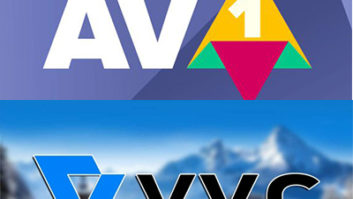
With YouTube gaining 6 billion views a month and 8-second clip apps like Vine gaining traction it is clear that digital consumption is changing. But are video shorts the new format for TV? The answer from panellists at this conference session was ‘No – but ignore short form at your peril.’
“The world of short form video is intrinsically different to the way TV is seen,” said Will Saunders, creative director of digital, BBC. “Those who run TV are not literate enough to understand this.”
TV may have the vast majority of views, he noted, but “the worlds of TV and online are merging” evidenced by the migration of BBC3 into a digital only channel.
Showing a clip from the Australian version of The Voice, Talpa head of strategy Joost Galjart said short content worked when it creates “tension loops” that keep the viewer engaged.
“We structure our series and individual episodes by embedding short form into the longer format leaving it up to the viewer to decide how to consume it,” he said. “Short clips work for digital distribution.” Talpa has 2 million YouTube viewers of its The Voice channel.
As part of its rebrand as All 4 last year, broadcaster Channel 4 launched an online channel dedicated to short form. It has invested £1 million this year to make over 40 series from 28 indie producers, half of which are new to Channel 4. It expects to spend the same in 2016.
“Shorts fit with our remit,” said Owain Rowlands, All 4 channel manager. “It’s about taking creative risks and investing money in the creative community.”
He shared tips for creating successful short formats. “Don’t waste time, get straight to the story. On Facebook you’ve got three seconds to entice people to click and watch. The most successful shorts have an image you’d put on Instagram and a synopsis you can Tweet.”







